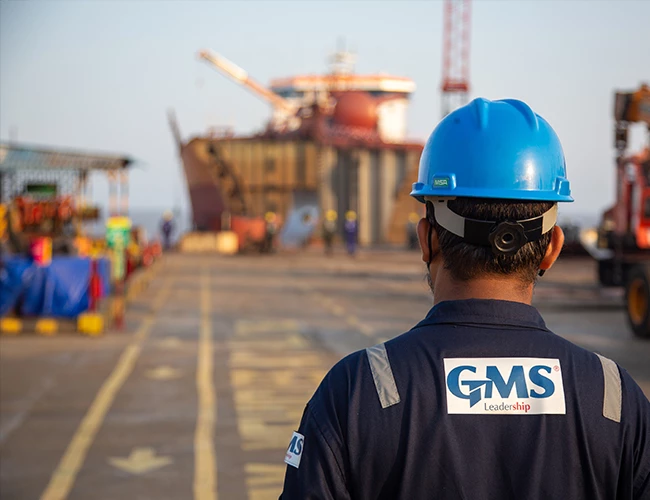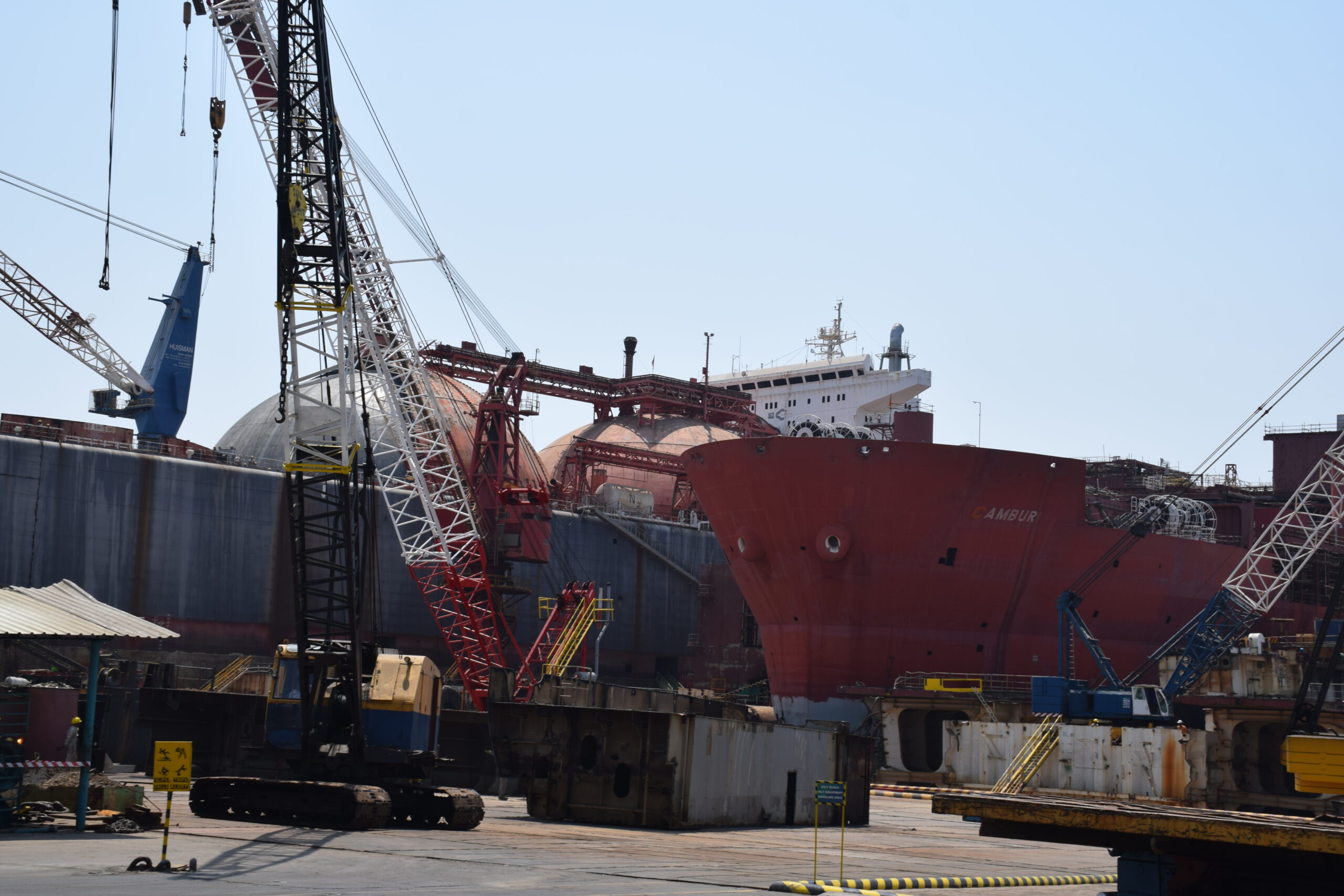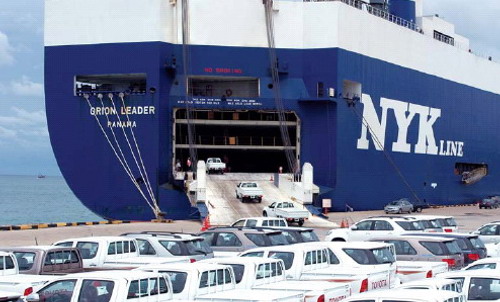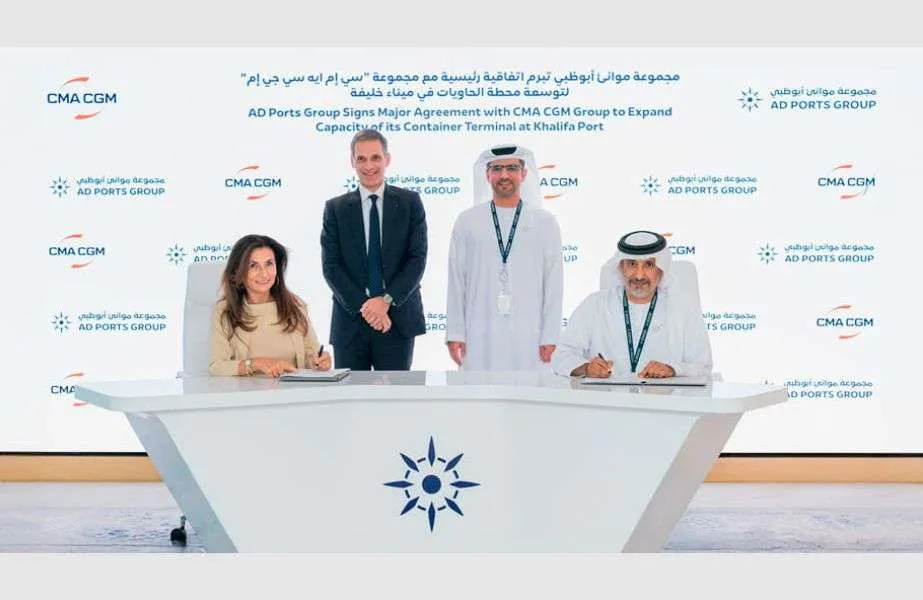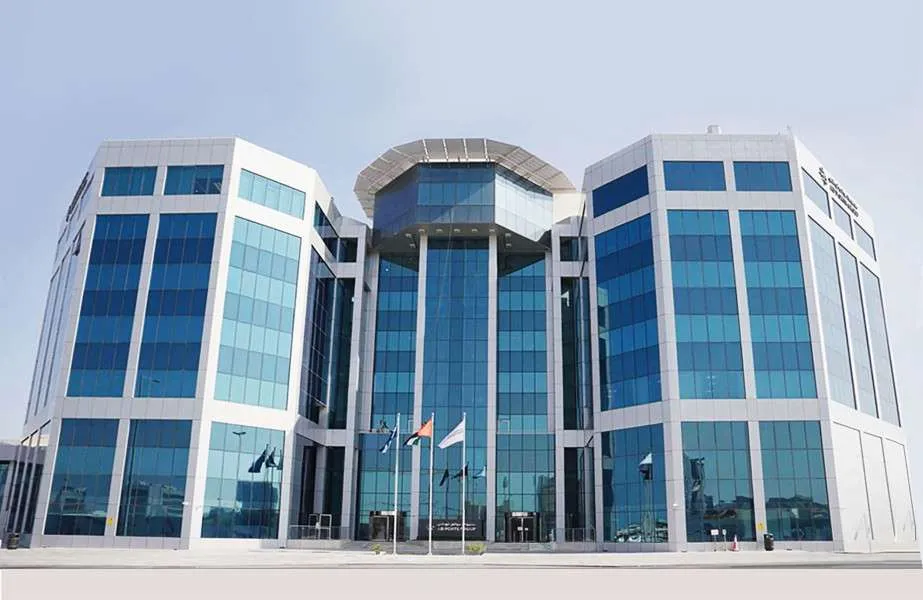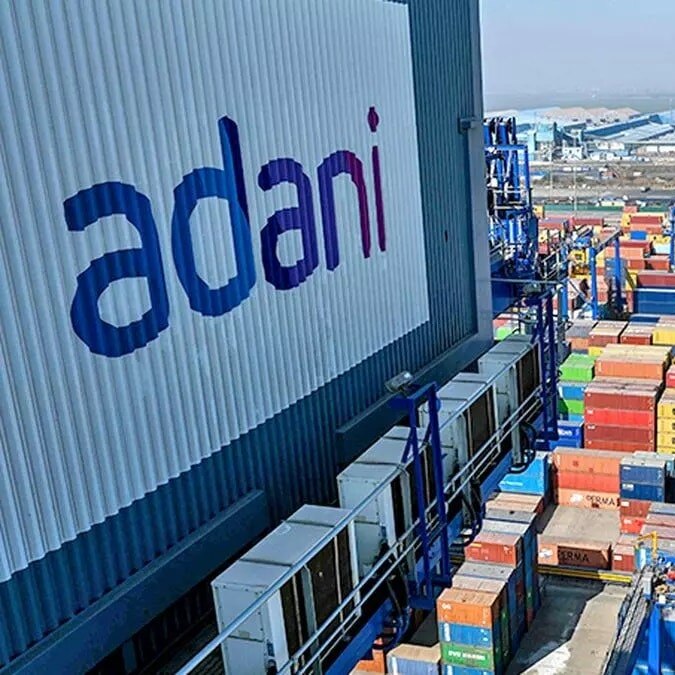Global Shipping in Disarray as Recycling Markets Slide and Freight Rates Surge: GMS
According to the latest report from GMS, the world’s leading cash buyer of ships for recycling, the global shipping market is navigating through a period of intense turbulence, leaving much of the industry in a state of uncertainty and imbalance. While trading and charter markets have continued to strengthen across major dry segments, the ship recycling sector—long starved of tonnage—is enduring one of its toughest phases since the post-COVID rebound began.


The GMS report paints a picture of a market torn in two. On one hand, the trading and freight segments remain buoyant, with strong demand, higher charter rates, and increasing utilization of older vessels. On the other hand, ship recycling yards across India, Bangladesh, and Pakistan are struggling to attract meaningful supply, with the trickle of end-of-life ships drying up to historic lows. The result is a deepening divide between the thriving operational fleet and the idle cutting yards of South Asia.
The Baltic Dry Index (BDI), a widely followed barometer of the shipping market’s health, edged up just over 1% this week, driven by sustained firming across the major segments. Capesize rates rose by 2.1%, Panamax by 1%, and Supramax by 2%, reflecting strong cargo demand and limited vessel availability. Freight markets have thus remained resilient despite macroeconomic headwinds, allowing shipowners to continue operating profitably, even with aging fleets that would otherwise be candidates for recycling.
Adding to this imbalance, oil prices continued their steep decline, slipping into the high USD 50s per barrel. Brent crude closed the week at USD 57.38—a staggering 8% drop over the last month and an 18% fall compared to the same time last year. This plunge in bunker fuel costs has further improved operating margins for shipowners, discouraging scrapping and prolonging vessel lifespans across global fleets.
In contrast, the ship recycling sector—the so-called “empty pool end” of the maritime chain—remains mired in stagnation. The GMS report describes a market deprived of tonnage and losing momentum rapidly. Prices for end-of-life ships have fallen sharply, and the outlook continues to deteriorate. In India, where the bulk of global recycling takes place, local market sentiment has been battered by a combination of factors: a weakening rupee, falling steel plate prices, and wavering demand from re-rolling mills. Prices that once touched the mid-USD 500s per light displacement ton (LDT) are now struggling to hold above the high USD 300s—a level not seen since the pandemic era.
Bangladesh and Pakistan, often seen as price-setters in the subcontinent recycling sphere, have not escaped the contagion. Both countries have effectively benchmarked their offers lower this week, mirroring India’s downturn. Recyclers in Chattogram and Gadani are adopting a cautious approach, wary of the macroeconomic uncertainty and falling end-product prices. The mood, according to GMS, is one of quiet withdrawal, as yards hesitate to commit at previous levels, waiting for more clarity before entering new negotiations.
Despite a brief uptick in incoming tonnage at some anchorages—perhaps reflecting a few distressed sales or opportunistic deals—the ground reality tells a more sobering story. Recyclers are increasingly reluctant to bid aggressively, fearing further price erosion. GMS notes that the sentiment has turned distinctly defensive, as the subcontinent braces for what could be another period of prolonged stagnation.
Overlaying these market dynamics are geopolitical uncertainties that continue to cast long shadows over global shipping routes. While the conflict in Gaza appears to be moving toward a fragile ceasefire, questions remain over the security of key maritime arteries such as the Red Sea and the Gulf of Aden. Houthi activity has quieted in recent weeks, but not disappeared entirely, leaving ship operators wary of resuming full-scale transits through the region. A return to normal trade flows through the Suez-Red Sea corridor could, over time, ease freight rates and normalize global shipping costs, but for now, the near-term outlook remains volatile.
The effect of these developments on the recycling sector remains ambiguous. Reduced freight disruptions could theoretically bring more vessels toward end-of-life decisions, yet the low recycling prices and high operating profits make such moves unlikely in the immediate term. GMS warns that if and when market conditions eventually reverse—possibly as prices breach the USD 200/LDT mark from the highs of just 22 months ago—the industry could face a flood of scrapping candidates all at once.
Such a sudden influx would put immense pressure on recycling facilities already struggling with fluctuating steel demand and evolving compliance costs linked to the recently implemented Hong Kong International Convention for the Safe and Environmentally Sound Recycling of Ships. Industry experts hope instead for a staggered inflow of tonnage, allowing yards to manage supply in a stable and environmentally compliant manner.
Adding another layer of complexity is the growing presence of the so-called “shadow” or “dark fleet”—vessels operating outside normal regulatory and tracking frameworks, often linked to sanctioned trade or aging ships beyond their design lives. Reports suggest that nearly 700 vessels have recently “gone dark,” disappearing from global tracking systems in a worrying trend reminiscent of certain black-market activities. These ships, operating under opaque ownership and dubious safety standards, distort the recycling pipeline by extending the operational life of vessels that should already be dismantled.
In essence, the GMS report underscores a maritime paradox: a booming freight market propping up aging fleets, a collapsing recycling sector starved of ships, and a volatile global economy amplifying every swing in sentiment. As one end of the shipping spectrum enjoys windfall margins and record utilization, the other end—the ship recyclers of Alang, Chattogram, and Gadani—continues to wait for the long-promised revival that never quite arrives.
The coming months will test the resilience of the global shipping ecosystem. Whether the pendulum swings back toward balance will depend on a delicate mix of oil prices, freight demand, currency stability, and geopolitical calm—factors that, for now, remain as unpredictable as the seas themselves.
Author: shipping inbox
shipping and maritime related web portal




